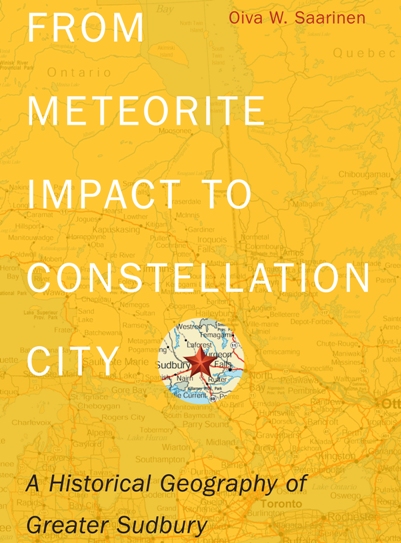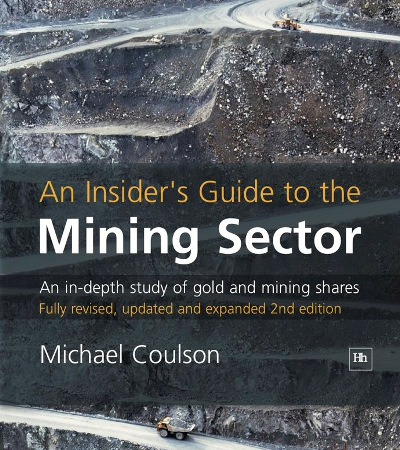Clyde Russell is a Reuters market analyst. The views expressed are his own.
LAUNCESTON, Australia, June 17 (Reuters) – It may be too early to start beating the drums of victory for free-market capitalism, but there are signs that China is stepping back from attempts to control the iron ore market.
Just three months after accusing major iron ore producers of manipulating prices, China plans to scrap it’s decade-old import licensing system, a move that may eliminate middlemen in the market, lower costs for steel mills and improve transparency.
It also looks like a strategic retreat for the world’s biggest buyer of iron ore in its battle to win pricing control from the big three producers, Brazil’s Vale and the Anglo-Australian pair of Rio Tinto and BHP Billiton .
The planned end of the licensing system will happen in the second half of the year, according to a Reuters report on June 13 that cited a source with knowledge of the matter. The current system requires import qualification licences to be granted by government-backed industry bodies like the China Iron & Steel Association.
It was designed to eliminate speculative traders from driving up prices and force the steelmaking industry to present a united front against the producers.

























